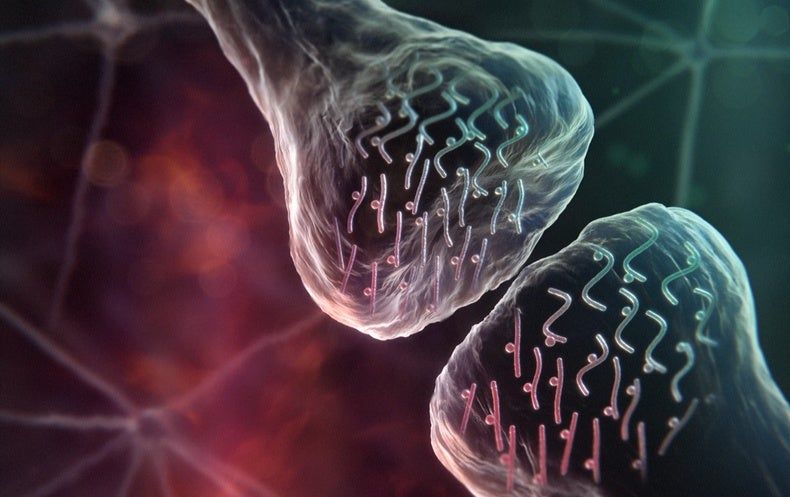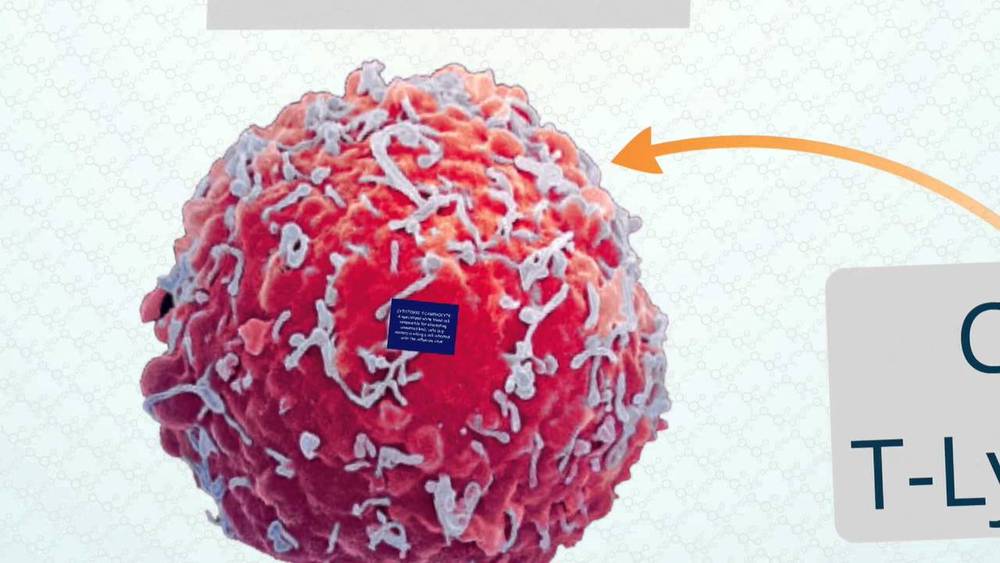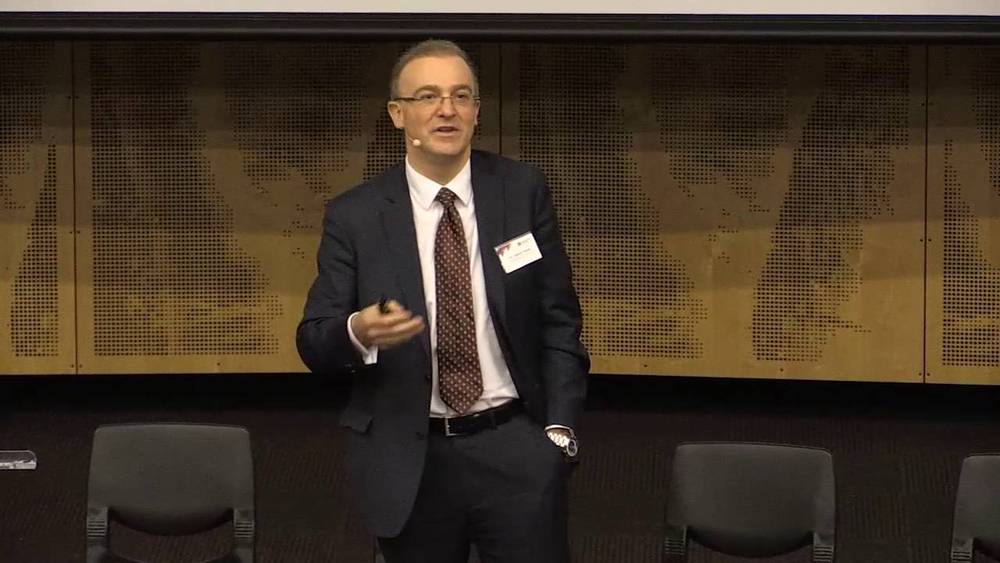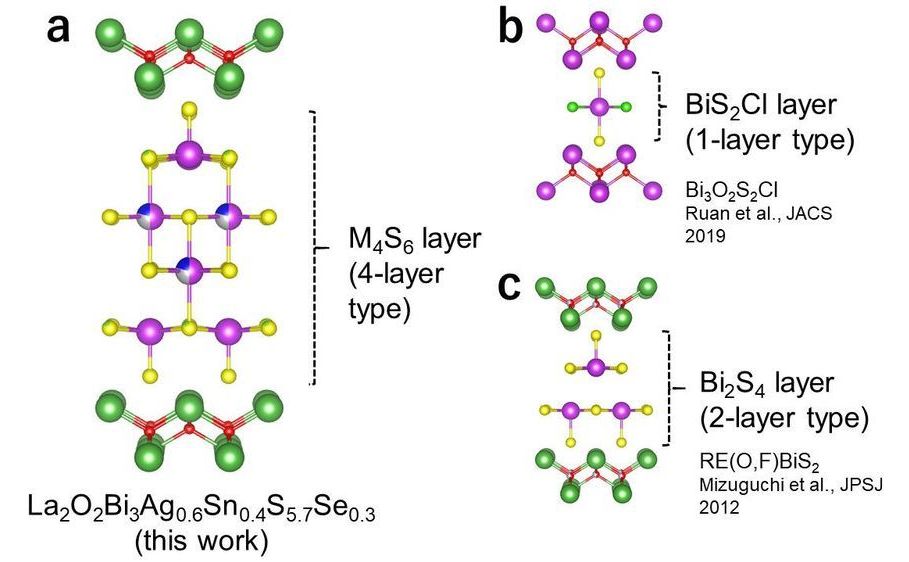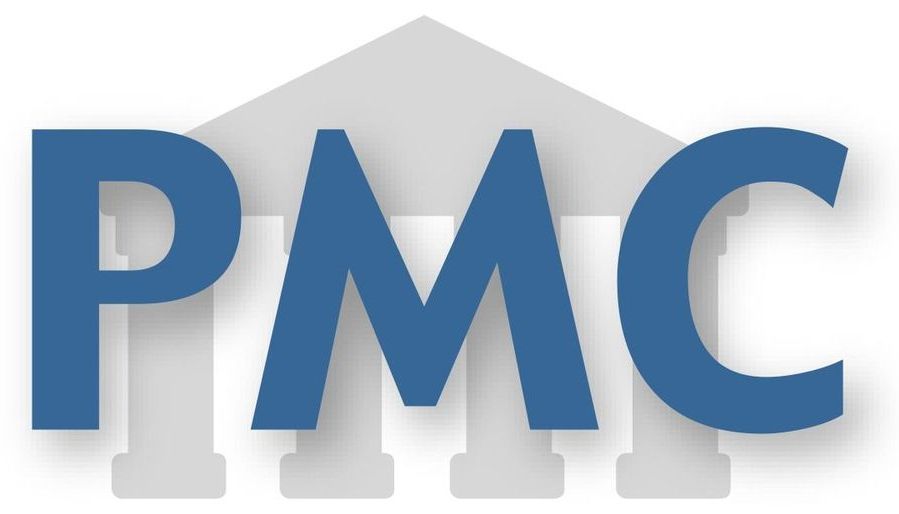A deficit arises in molecules needed for neurons to communicate efficiently.
What if the future of cancer treatment lies not with stronger drugs and larger doses of radiation that kill cells indiscriminately, but instead harnesses the power of our immune system to destroy cancer cells in our own body? Dr. Michael Jensen shares details of an FDA approved cancer treatment with a 91% cure-rate.
Dr. Michael Jensen is a leader in the field of cancer immunotherapy research. As the founding director of the Ben Towne Center for Childhood Cancer Research at Seattle Children’s Research Institute, Dr. Jensen and his team are pioneering translational research with striking results that just might change the way we think of disease treatment.
This talk was given at a TEDx event using the TED conference format but independently organized by a local community.
Here’s the reality: We’re messing up the Earth and any far-out ideas of colonizing another orb when we’re done with our own are wishful thinking.
The question asked in the title of this post is one I have been pondering for the most part of a decade now, ever since I saw the image, shown in Figure 1, of the galaxy PGC54559 (popularly known as Hoag’s Object) in 2010, following several months of thinking about what Kardashev Type III civilisations might look like.
I had seen it before, of course, as it is one of the most striking of the many superlatively beautiful and photogenic images that the Hubble Space Telescope has made available to humanity as part of its astounding legacy. But when I saw it again on NASA’s Astronomy Picture of the Day on that day in late August 2010, I saw it in a quite different context – one prompted by having thought deeply for some months about what galaxy-scale macro-engineering might look like. And so, picture it: that idea, coupled with that image, and you can see, I hope, how the question asked in this post’s title would come immediately and insistently to mind (at least, for me!). As I thought about it even more for a few weeks, I even ended up tweeting about it – so strongly had the idea installed itself into my head! – https://twitter.com/JosephVoros/status/26173613969 (see Figure 2).
In fact, there were five tweets in all (first, second, third, fourth:shown here, fifth) which, fortunately, were so far in the distant past of the tweet-stream that when I decided to delete thousands of tweets as a precursor to getting off social media entirely a couple of years ago (well, it worked, for a while…), they were no longer easily accessible, and so survived the bulk-cull. Thus, luckily, they still exist as an historical record of what was at the time an hysterical time of intense SETI-focussed cogitation!
Scientists from Tokyo Metropolitan University have created a new layered superconducting material with a conducting layer made of bismuth, silver, tin, sulfur and selenium. The conducting layer features four distinct sublayers; by introducing more elements, they were able to achieve unparalleled customizability and a higher “critical temperature” below which superconductivity is observed, a key objective of superconductor research. Their design strategy may be applied to engineer new and improved superconducting materials.
Once an academic curiosity, superconductors are now at the cutting edge of real technological innovations. Superconducting magnets are seen in everyday MRI machines, particle accelerators for medical treatments, not to mention the new Chuo Shinkansen maglev train connecting Tokyo to Nagoya currently being built. Recently, a whole new class of “layered” superconducting structures have been studied, consisting of alternate layers of superconducting and insulating two-dimensional crystalline layers. In particular, the customizability of the system has garnered particular interest in light of its potential to create ultra-efficient thermoelectric devices and a whole new class of “high temperature” superconducting materials.
A team led by Associate Professor Yoshikazu Mizuguchi from Tokyo Metropolitan University recently created a bismuth sulfide based layered superconductor; their work has already revealed novel thermoelectric properties and an elevated “critical temperature” below which superconductivity is observed. Now, working with a team from the University of Yamanashi, they have taken a multi-layered version of the system, where the conducting layer consists of four atomic layers, and begun swapping out small proportions of different atomic species to probe how the material changes.
Three years ago, an outfit called Electric GT (EGT), led by Eric Hutchison, hit the green tech radar by converting a 1978 Ferrari 308 GTS to an electric car. Out went the mid-mounted 2.9-liter V8 making 280 horsepower and 181 pound-feet of torque, in went 48 lithium-ion batteries powering three AC51 HPEVS electric motors that cumulatively produced 465 hp and 330 lb-ft. The company’s relocated from San Diego to Chatsworth, California, and is back on the scopes at Green Car Reports with what it calls an Electric Crate Motor. The innovation repackages the ICE crate motor methodology into a system making EV conversions easier for the weekend enthusiast. EGT promises a plug-and-play system with “high performance and near zero maintenance,” having packaged its one- and two-motor systems into a “motor block” and peripherals that look just like an internal combustion engine.
The block includes everything necessary for the swap to electric except the batteries and the mounting bracket, meaning” motor(s), controller(s), charger(s), sensors, relays and computer systems.” EGT has already designed a number of mounting brackets, and can design others to custom specs. According to the web site, the package is “pre-engineered, pre-built, and pre-tested,” so installation takes five steps: Bolt in the block, install the wiring harness and cooling system, connect the AC and DC power leads with the OEM-level touch-safe connectors, and route the internal cooling pump to a heat exchanger. Voila, silent running. Every e-crate motor comes with an installation manual, EGT provides tech support, and auxiliaries like electric AC compressors and heaters can be optioned.
Presented by Beyond Limits
Conventional, data-crunching artificial intelligence, which is the foundation of deep learning, isn’t enough on its own; the human-like reasoning of symbolic artificial intelligence is fascinating, but on its own, it isn’t enough either.
The unique hybrid combination of the two — numeric data analytics techniques that include statistical analysis, modeling, and machine learning, plus the explainability (and transparency) of symbolic artificial intelligence — is now termed “cognitive AI.”
Existing compound produces pain-relieving effects and relieves anxiety. Past pain research typically has focused upon the spinal cord or the peripheral areas of the nervous system located outside the spinal cord and brain. However, a research team headed by Volker E. Neugebauer, M.D., Ph.D., at the Texas Tech University Health Sciences Center (TTUHSC) School of Medicine recently investigated how some mechanisms in the brain contribute to pain. His study, “Amygdala group II mGluRs Mediate the Inhibitory Effects of Systemic Group II mGluR Activation on Behavior and Spinal Neurons in a Rat Model of Arthritis Pain,” was published recently by the journal Neuropharmacology. Mariacristina Mazzitelli, a TTUHSC research assistant and Ph.D. candidate, is the study’s lead author.
“Our group has been interested in understanding pain mechanisms, and our unique area of expertise is really understanding that changes in the brain contribute to the persistence, intensity and other side effects of pain,” Neugebauer said. “It is not just a sensation that let’s you know where it hurts and how intense the pain feels. It also causes anxiety, impairs quality of life and causes depression. We’re studying the brain because all of those things reside there.”
To better understand what pain-related changes may occur in the brain, and how to normalize those changes, Neugebauer’s study applied an arthritis pain model and focused on the amygdala, which are almond-shaped clusters located deep inside each of the brain’s temporal lobes. The amygdala is part of what is known as the limbic brain, a complex arrangement of nerve cells and networks that control basic survival functions, motivations and emotions like fear and play a central role in disorders like anxiety, addiction and pain.
Individuals of the same age may not age at the same rate. Quantitative biomarkers of aging are valuable tools to measure physiological age, assess the extent of ‘healthy aging’, and potentially predict health span and life span for an individual. Given the complex nature of the aging process, the biomarkers of aging are multilayered and multifaceted. Here, we review the phenotypic and molecular biomarkers of aging. Identifying and using biomarkers of aging to improve human health, prevent age-associated diseases, and extend healthy life span are now facilitated by the fast-growing capacity of multilevel cross-sectional and longitudinal data acquisition, storage, and analysis, particularly for data related to general human populations. Combined with artificial intelligence and machine learning techniques, reliable panels of biomarkers of aging will have tremendous potential to improve human health in aging societies.
Keywords: physiological age, phenotypic, molecular, age-associated diseases, aging process.
Aging is the time-dependent physiological functional decline that affects most living organisms, which is underpinned by alterations within molecular pathways, and is also the most profound risk factor for many non-communicable diseases. To identify biomarkers of aging would, on one hand, facilitate differentiation of people who are of the same chronological age yet have variant aging rates. Quantitative biomarkers of aging could also define a panel of measurements for ‘healthy aging’ and, even further, predict life span. On the other hand, biomarkers of aging could also assist researchers to narrow their research scope to a specific biological facet in their attempts to explain the biological process behind aging or aging-related diseases. Here, we review the phenotypic and molecular biomarkers of aging. Phenotypic biomarkers can be non-invasive, panoramic, and easy to obtain, whereas molecular biomarkers can reflect some of the molecular mechanisms underlying age status.
